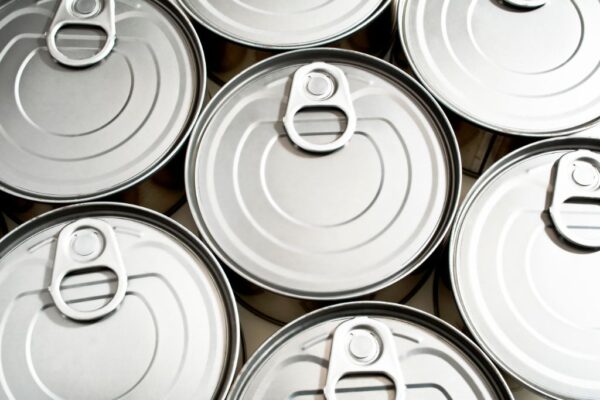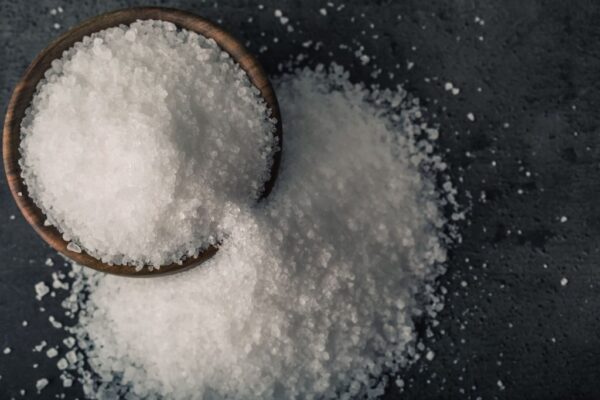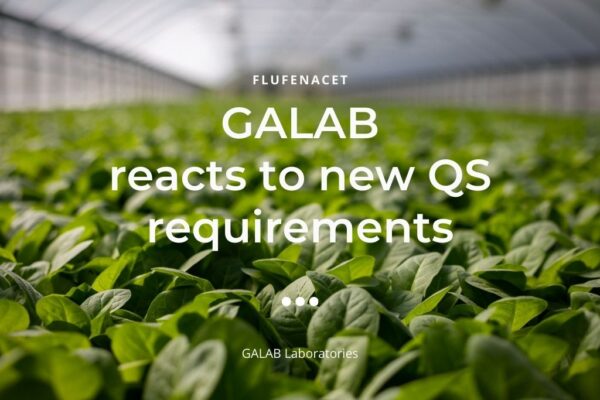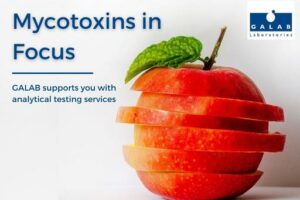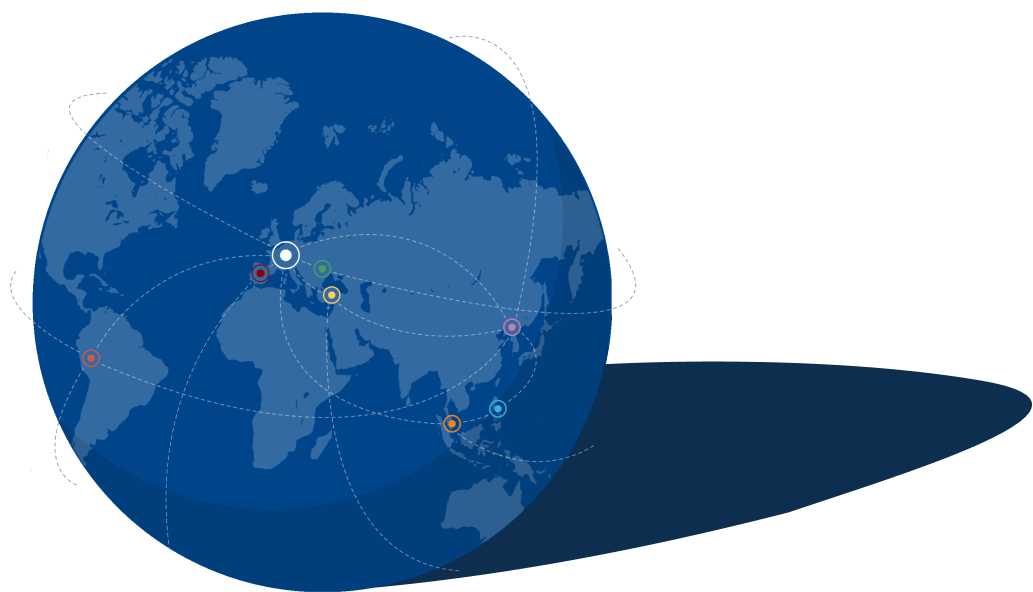Nickel in Food: Risks, Detection, and Legal Regulations in 2025/2026
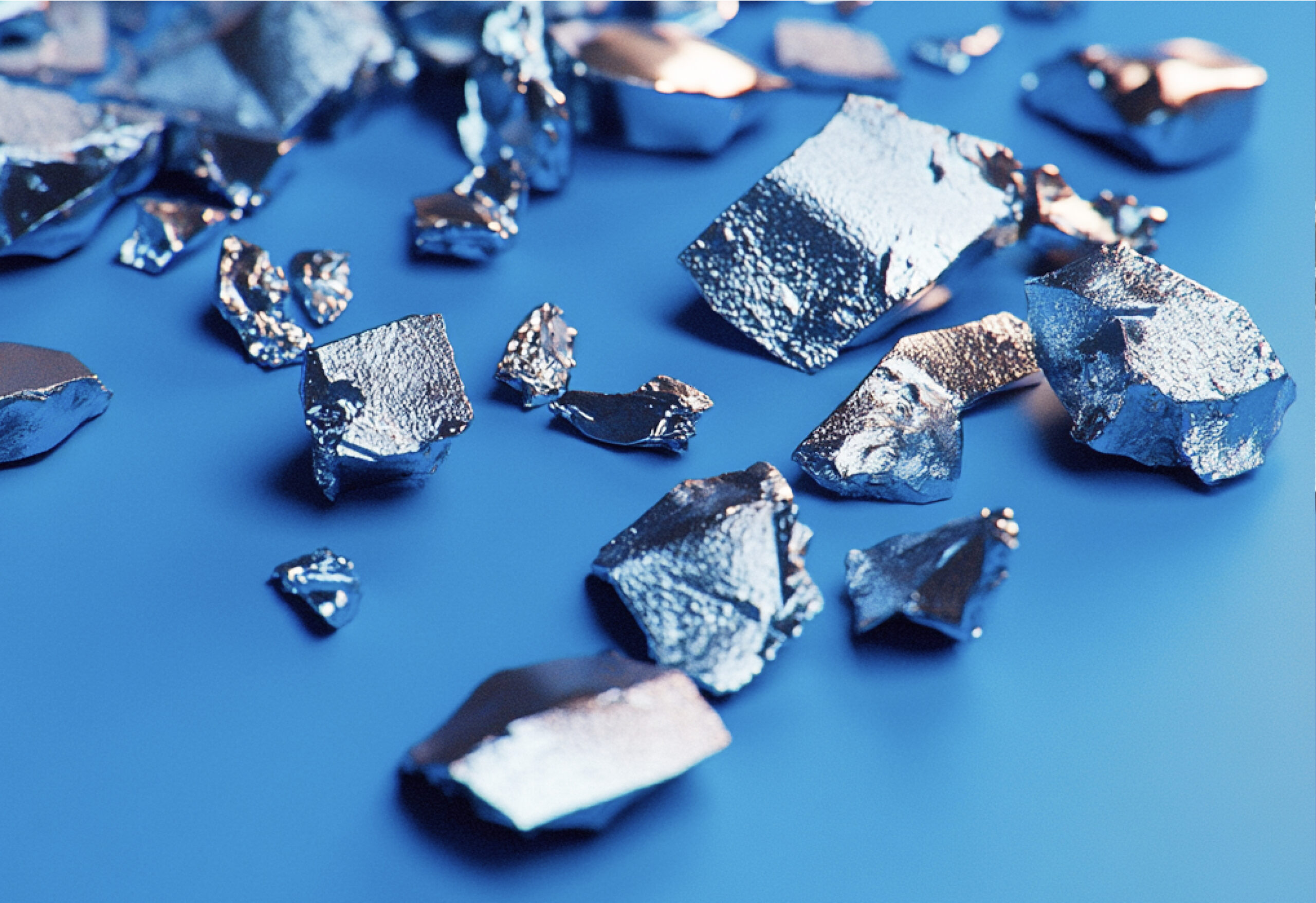
What is Nickel? A Naturally Occurring Environmental Contaminant
Nickel is a trace element naturally present in the Earth’s crust. It enters our food through soil and water. The nickel content in food depends on various factors, such as growing conditions, the region, and the age of the plants. For example, soils with high nickel content or certain climatic conditions can lead to increased nickel concentrations in plants.
How Does Nickel Enter Our Food?
In addition to its natural presence, nickel can enter food through human activities. Industrial applications contribute to nickel entering the food chain. For example, nickel is used as a chemical catalyst in the production of certain fats and is found in cans and cookware. Contact with these materials can transfer nickel into food, increasing its concentration.
Nickel as an Essential Trace Element and Health Risk
Although nickel is considered an essential trace element, needed in small amounts for maintaining human health, excessive concentrations can be toxic. Nickel and its compounds are classified as carcinogenic to humans. Therefore, long-term consumption of high levels of nickel may pose significant health risks.
Affected Foods and Product Groups
Various foods may contain elevated levels of nickel. The affected product groups include:
- Tree nuts (e.g., nuts)
- Root and tuber vegetables (e.g., potatoes, carrots)
- Onion vegetables (e.g., onions, garlic)
- Fruit vegetables (e.g., tomatoes, peppers)
- Cruciferous vegetables (e.g., broccoli, cauliflower)
- Leafy vegetables (e.g., spinach, lettuce)
- Legume vegetables (e.g., peas, beans)
- Stalk vegetables (e.g., asparagus)
- Seaweed
- Legumes
- Oilseeds
- Grains and pseudocereals
- Cocoa and chocolate products
- Infant food and cereal-based baby foods
- Fruit juices, nectars, and vegetable juices
New Legal Maximum Limits from 2025/2026
Currently, there are no legal maximum limits for nickel in food. This will change with Regulation (EU) 2024/1987, amending Regulation (EU) 2023/915 concerning maximum nickel levels in certain foods. The new limits for various products will take effect on July 1, 2025, and for grains and pseudocereals from July 1, 2026. Manufacturers are thus required to ensure their products comply with these new thresholds.
Why Should Manufacturers Act Now?
The introduction of new maximum limits presents challenges for manufacturers. Early testing of nickel levels in products allows you to take timely action and prepare for upcoming regulatory requirements. This helps avoid potential risks, such as product recalls or damage to brand image.
Precise Nickel Detection with GALAB Laboratories
At GALAB Laboratories, we offer precise nickel content testing for your products. Using state-of-the-art ICP-MS (Inductively Coupled Plasma Mass Spectrometry) technology, we reliably detect even the smallest nickel concentrations. Our analyses adhere to the highest quality standards, giving you the assurance you need.
Why Choose GALAB Laboratories?
- Experience and Expertise: Extensive experience in metals and trace element analysis.
- Advanced Technology: Using ICP-MS for the highest precision and sensitivity.
- Quick Results: Efficient processes for timely analysis results.
- Personalized Consultation: Individual support and guidance in interpreting results.
Safety for Manufacturers and Trust for Consumers
Parameters & Analytical Methods
-
State-of-the-Art Analysis
We constantly update our spectrum of parameters to the latest developments in the food analysis sector and offer state-of-the-art analytical methods for the safety of your products.
-
Comprehensive multi-methods
We are constantly expanding our range of services in order to be able to guarantee you a comprehensive range of analyses. We offer multi-methods for mycotoxins, dioxin analysis or molecular biological analysis for GMOs and allergens. The GALAB Pesticide500Plus® multi-method can even be used for difficult matrices such as spices and herbs.
-
Constant development
If you cannot find the parameter/analysis you are looking for here, please do not hesitate to contact us. Our research and development department implements your requirements and specifications cost-efficiently and with a high quality standard.
-
Quality Policy
GALAB Laboratories has implemented a quality management system to allow for optimum service for their customers. It is our goal to establish close relations to customers by customer satisfaction. Therefor quick reactions to customers’ specific needs as well as considerations for quality demands of the market are necessary. We strive to provide comprehensive and professional advice to our customers. Learn more
Get in touch, we will help you.


